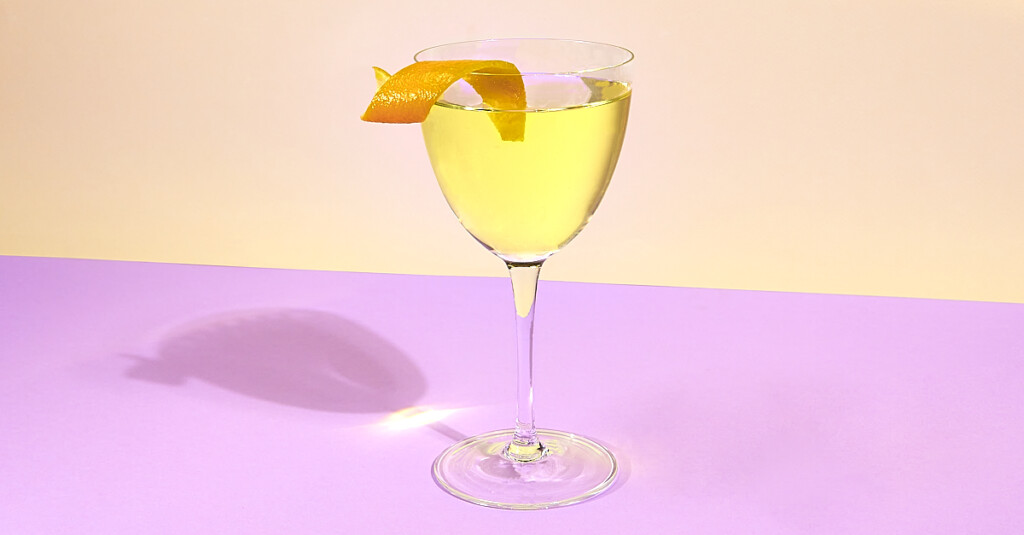How To Make A Alaska
Like a Martini with a burst of alpine notes, the Alaska provides a great opportunity for stirred cocktail fans to explore Chartreuse. This mix of gin, Yellow Chartreuse, and orange bitters greets the senses with piney juniper notes underscored by the sweet, minty complexity of the French herbal liqueur.
Despite making its in-print debut in Jacques Straub’s 1913 book “Straub’s Manual of Mixed Drinks,” evidence suggests that the Alaska was invented in the mid-1800s: Yellow Chartreuse hit the market in 1840 and Old Tom gin — the gin used in Straub’s recipe — was peaking in popularity around the 1860s before being upstaged by other styles. By the 1900s, London Dry was all the rage, hence why Harry Craddock’s later Alaska spec calls for it in his 1930 drinks manual “The Savoy Cocktail Book.” Oddly enough, both recipes require this cocktail to be shaken, which defies convention given that drinks without fresh ingredients (citrus, cream, egg white, etc.) are typically stirred.
The origin of the drink’s name remains a mystery, but many believe it to be a reference to the 1896 Alaska Gold Rush. In 1899, a bunch of miners headed out to Nome in west Alaska after more gold was discovered there. So naturally, there’s also a “Nome” cocktail — an Alaska riff with fino sherry and a mint leaf garnish, referenced in David Embury’s 1948 book “The Fine Art of Mixing Drinks.” Being the opinionated man he was, Embury insists that the Nome is an “improvement” on the Alaska.
While the Alaska is traditionally served in a coupe glass, we suggest using a Nick & Nora to better preserve the drink’s temperature. We also opt for stirring this cocktail to avoid over-dilution. For a sweeter, more apéritif-like Alaska, reach for the Old Tom gin. Trey Sanford, bar manager of Anchorage’s South Restaurant + Coffeehouse, recommends Ransom Old Tom and Barr Hill Tom Cat as solid options in the style. For something more akin to a dry Martini, go for London Dry gin or dial back on the Yellow Chartreuse.
